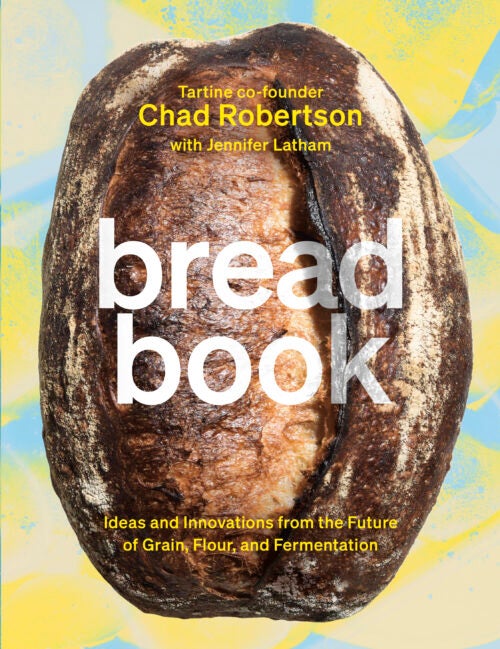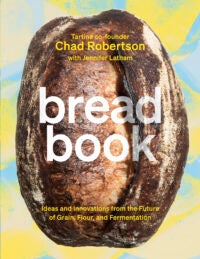Rye Cavatelli and Orecchiette
Ingredients
Directions
Ingredients
88 g
Discard leaven (20%)

106 g
Whole-grain rye flour (30%)

247 g
Whole-grain durum flour (70%)

159 g
Room-temperature (45%)

(72° to 75°F) water

Semolina flour for dusting the pan and pasta

Rye Cavatelli and Orecchiette
Robertson incorporates sourdough into this rye pasta dough for some extra savory depth, and to make the pasta easier to digest. Try this in his rye orecchiette with flowering broccoli rabe, preserved lemon, and garden greens.
4 servings
make the dough
- The leaven in this recipe is not primarily for leavening, so you can use discard leaven that is not at its peak (one that has become sour and started to fall). If not using discard leaven, prepare the leaven as directed on page 46. In a large bowl, stir together the rye and durum flours. Make a well in the center of the flour mixture and pour in the water. Add the leaven to the well and, using your hand, stir to break it up. Then mix everything in the bowl together until a stiff dough forms.
knead the dough
- Turn the dough out onto a clean, unfloured work surface and knead it until it feels smooth and strong, about 8 minutes, using the palm of your dominant hand to press the dough into the work surface and away from you. Use your nondominant hand to rotate the dough a quarter turn. Using the heel of your dominant hand, pull the top of the dough toward you and then press it into the middle and away from you. Your dominant hand will be making a continuous circular motion perpendicular to your body while your nondominant hand continues to rotate the dough a quarter turn with each stroke of your dominant hand. You can almost imagine that you are looking at a Ferris wheel coming toward youas it crests the top of the circle and moving away from you at the bottom. The dough will be quite dry. If it sticks to the work surface at all, dust the surface with durum flour and continue kneading. If the dough feels too dry and will not come together in a
let the dough ferment
- Shape the dough into a 1-inch-thick disk. Wrap tightly in plastic wrap and let it rest at room temperature for 2 to 3 hours. Place the wrapped dough in the refrigerator to ferment overnight
hand-shape the dough
- The next day, remove the dough from the refrigerator about 1 hour before you plan to shape it. Dust a sheet pan with semolina flour and set it aside.
- Unwrap the dough and place it on a clean, unfloured work surface. Using a bench knife, cut into four equal pieces. Work with one piece at a time and place the other three under a clean kitchen towel so they don’t dry out. Using the palms of your hands and working from the center outward, roll the first piece of dough against the work surface into a long rope about 1/2 inch in diameter. Using the bench knife or a sharp knife, cut the rope into 3/4-inch segments.
- Using the rounded tip of a butter knife, press a dough segment and rock in a circular motion, which will result in a shape that is round through the middle with a lip around the edge. Continue this way to make cavatelli. To make orecchiette, turn the shapes inside out. Orecchiette means “little ears” in Italian because that’s exactly what they resemble.
- After shaping the pasta, place it on the prepared pan. Keep the pieces in a single layer and well dusted with semolina so they don’t stick to one another. Repeat with the remaining three dough pieces. Shaping cavatelli and orecchiette will seem laborious at first, but keep at it. Once you get the hang of it, you can move along at a good pace. When all of the pieces are shaped, toss them with a little semolina flour to prevent sticking and let them dry at room temperature in a single layer on a clean sheet pan. Cook the pasta the same day that you shape them. You can leave them at room temperature or refrigerate them in an airtight container for up to a few hours. If you leave them any longer, whether at room temperature or in the refrigerator, they will continue to ferment and will eventually become too sour and gooey from the acid by-products of fermentation.

